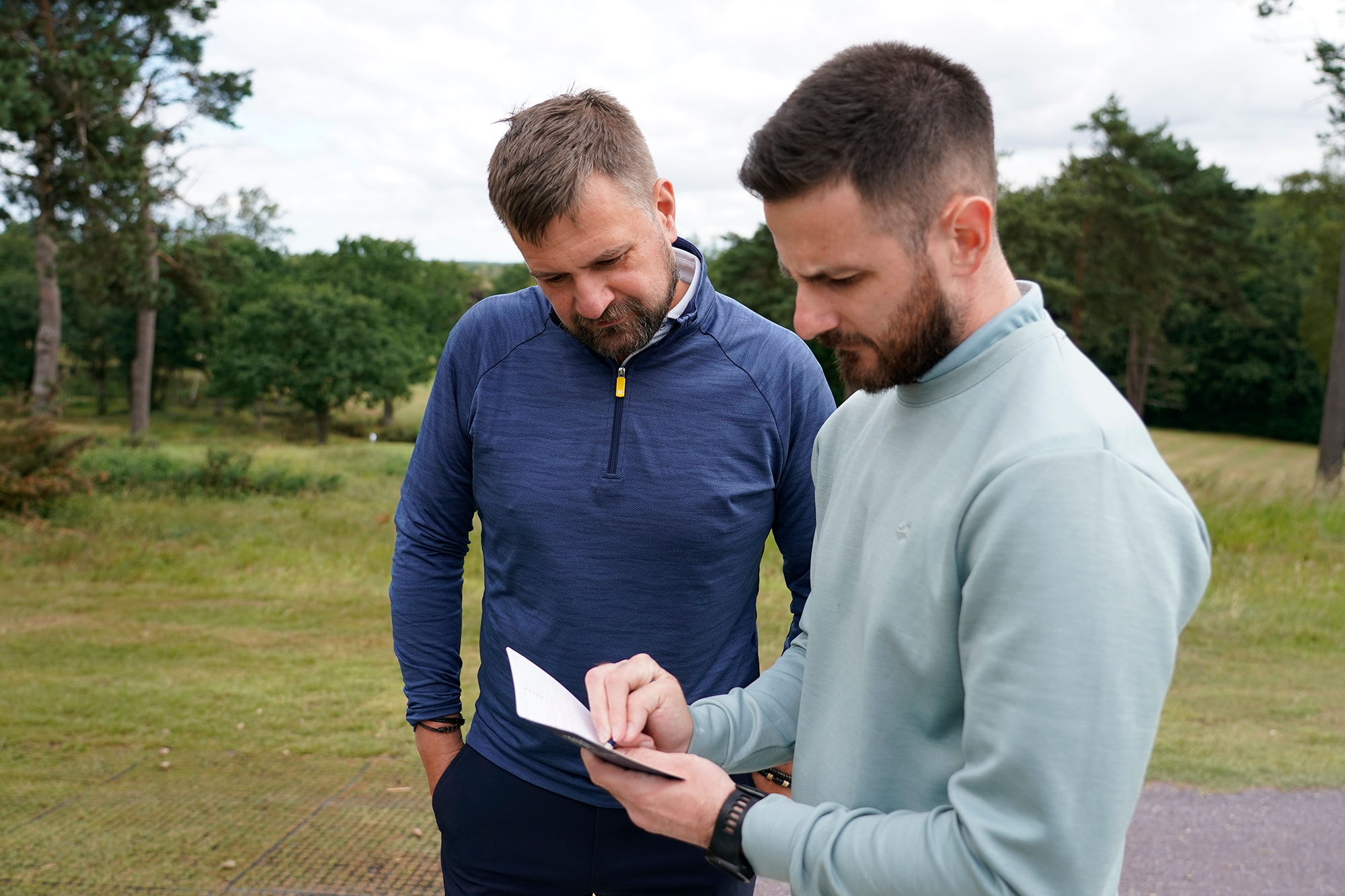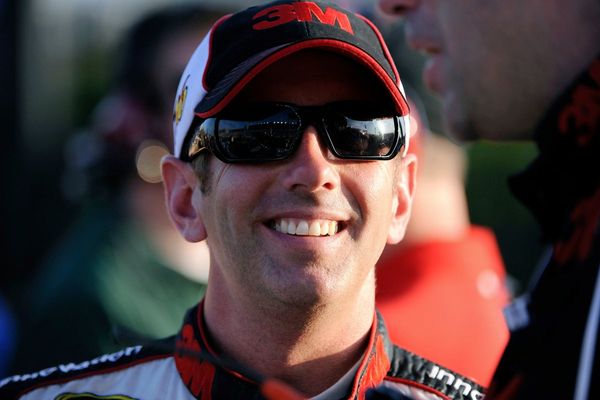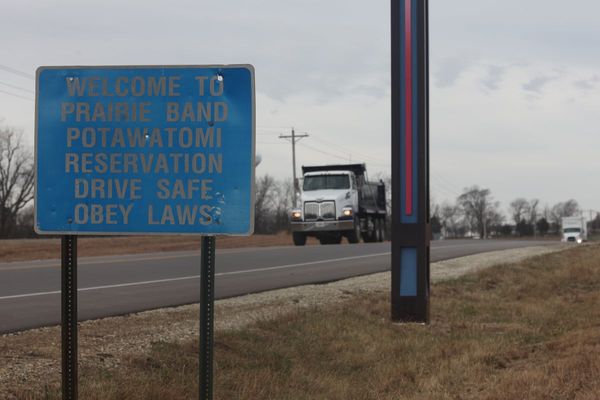
It can be incredibly frustrating to pursue progress in golf, putting in hours and hours of work away from the course, only to see your hard work return very little in the way of scoring improvements.
After spending time tirelessly working on my fundamentals, like the perfect golf grip and the correct ball position, and working on the best golf drills - I was still going out on the course and shooting scores that were higher than I would have liked.
Then I heard a simple strategy tip from one of the most recognisable names in the golf industry - which totally transformed the way I think about a round of golf and led to a long-overdue cut to my handicap index.
In the article and video below, Golf Monthly Top 50 Coach Peter Finch explains why amateur golfers shouldn't fixate over the 'par' score for each hole on the scorecard and how making a minor adjustment to our approach can lead to positive outcomes on the course...
This Scorecard Trick Changed The Way I Think About Golf
If arrive on the tee box at a 450 yard hole and the scorecard says it's a par-4, that doesn't necessarily mean you have to play it as one.
Instead, you could play it like a par-5. Break it down into three good shots to find the green and two putts for a 'par', which could help you to stop forcing it and hit more green in regulation.
As I outline in the video below, my advice would be to look at the scorecard of the course you are playing before you reach the first tee box. Let's for argument sake say that you are a 15-handicapper, I would suggest marking holes 1 to 15 on the card.
On any holes with a mark beside them, add a shot onto the par score and play the hole accordingly. All of a sudden, things become a lot easier and a lot more manageable. Rather than chasing an expected score, you give yourself a little bit of a buffer.
For example, if the card says that hole 2 is a par-3 with a stroke index of 13, play that as a par-4 and strategically plan how you are going to give yourself the best chance of achieving that score.
In fact, according to the latest Shot Scope data, golfers with a handicap of 15 or higher average a score of 5.1 or higher on par-4 holes. The same is true for par-5 holes, where that same group of golfers averages 6 or higher.

If you get a bogey on this hole, that's fine. If you get a triple bogey on this hole, that's more of a problem.
Changing the way you think about a round of golf can help you to play much more strategically, assisting you to keep double bogeys off your scorecard by avoiding the penalty areas that destroy your scorecard.
Plotting your way around the trouble is going to be a huge benefit for most amateur golfers - especially if you want to finally break 80 or break 90 in golf.
What is the scoring average for an amateur golfer on a par-3?
Par-3 holes can be a tricky test to navigate, with very little room for error. Missing the green with your tee shot can quickly lead to big scores that damage your scorecard, but how do amateur golfers tend to fare?
According to Shot Scope data, the average scratch golfer scores 3.2 on a par-3. That number increases for a 5-handicapper (3.4), 10-handicapper (3.7) and 15-handicapper (3.9), who are often battling to avoid bogey rather than aiming for birdies.
For a high-handicap golfer, a bogey on a par-3 is a good score - according to the data.
The scoring average for a 20-handicapper is a bogey 4, and for a 25-handicapper it is 4.2, further highlighting the importance of the strategy tips Peter Finch highlighted in the article above.







